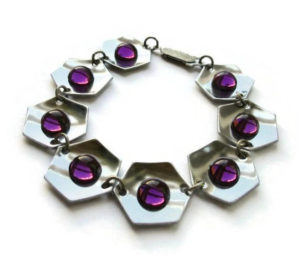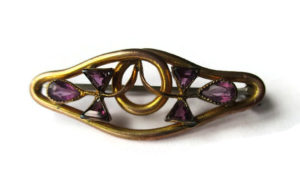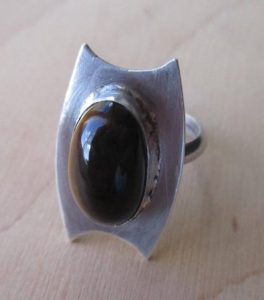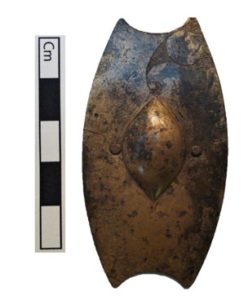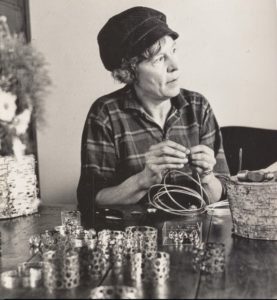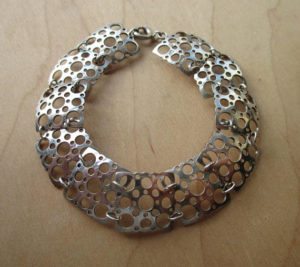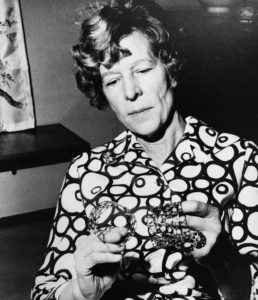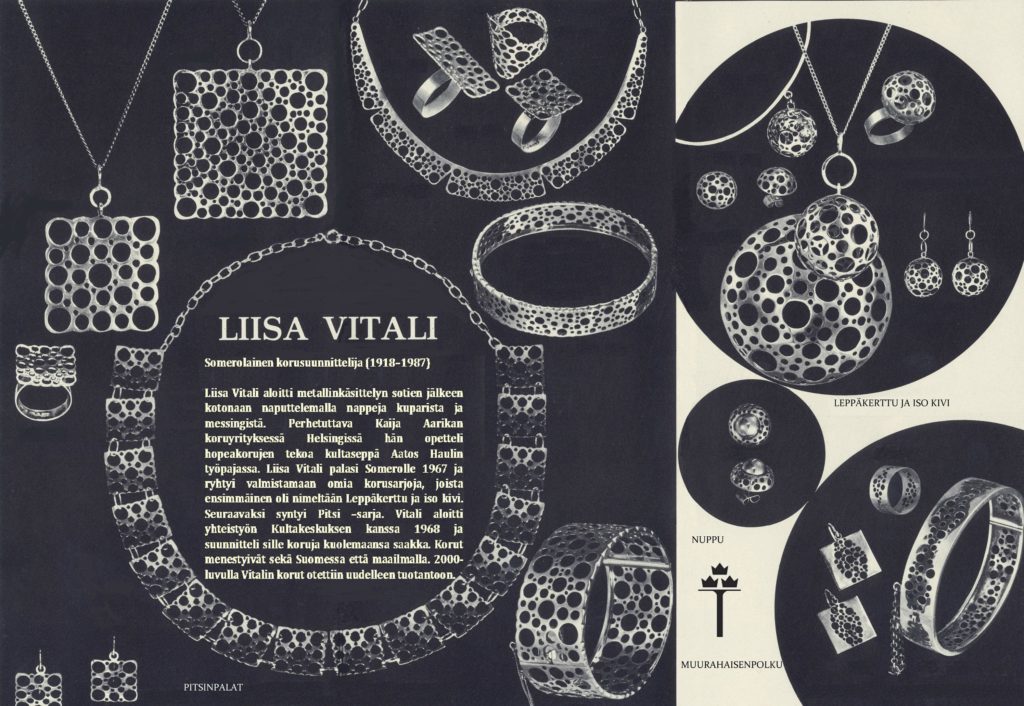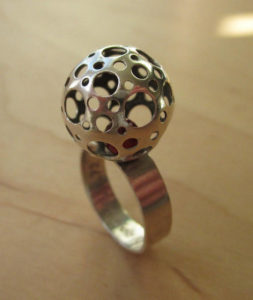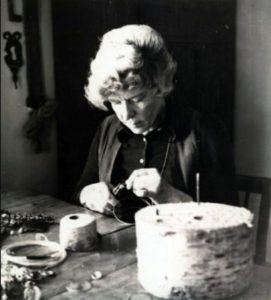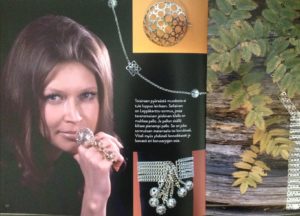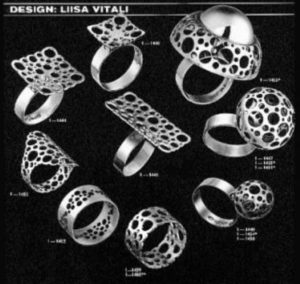The deep rich purple of amethysts is so appealing. The stone, a form of quartz, is traditionally the birthstone for the month of February.
Naturally when I see a lovely piece of amethyst jewellery I try to get it for my Etsy shop. Below are some of my snaffles:
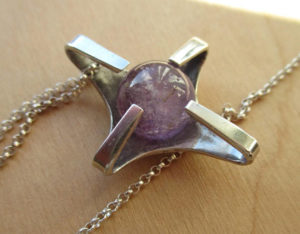
Kupittaan Kulta caged amethyst pendant, designed by Elis Kauppi. For sale in my Etsy shop, Inglenookery: click on photo for details.
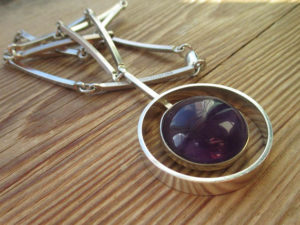
Magnificent NE From modernist amethyst pendant necklace. For sale in my Etsy shop, Inlgenookery: click on photo for details.
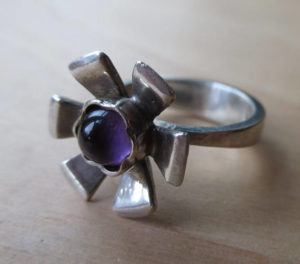
1970 amethyst flower ring, hallmarked in London. For sale in my Etsy shop, Inglenookery: click on photo for details.
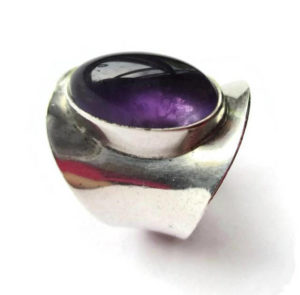
NE From modernist amethyst ring – a great example of Danish design. For sale in my Etsy shop, Inglenookery: click on photo for details.
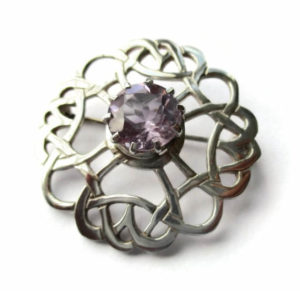
A 1990 Celtic style brooch with a central facetted amethyst, by Malcolm Gray of Ortak on the Orkney Islands, Scotland. For sale in my Etsy shop, Inglenookery: click on photo for details.
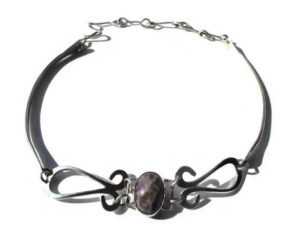
A 1972 amethyst and sterling silver choker, by Daedalus Ltd of London. For sale in my Etsy shop, Inglenookery: click on photo for details.
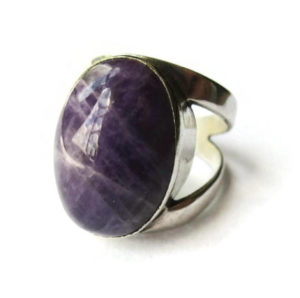
This could almost be part of a set with the necklace above: it too dates from 1972. This amethyst and sterling silver ring was made by Magnus Maximus Designs in Cumbria. For sale in my Etsy shop, Inglenookery: click on photo for details.
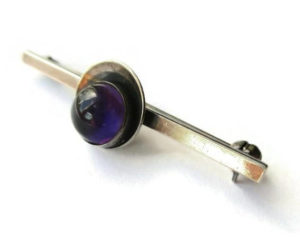
An amethyst and sterling silver modernist bar brooch by NE From of Denmark. For sale in my Etsy shop, Inglenookery: click on photo for details.
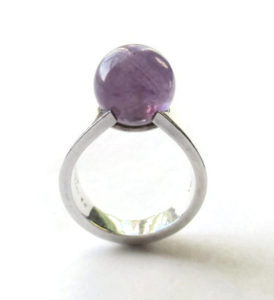
A stunning amethyst orb ring from 1968 by the Danish master, Hans Hansen. For sale in my Etsy shop, Inglenookery: click on photo for details. (NOW SOLD).
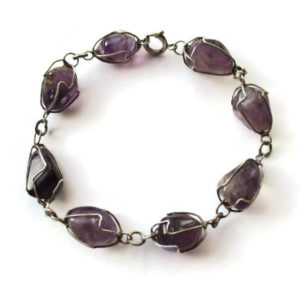
Caged amethyst and sterling silver bracelet. For sale in my Etsy shop, Inglenookery: click on photo for details.
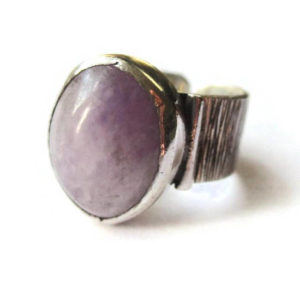
1970s modernist amethyst and sterling silver adjustable ring. For sale in my Etsy shop, Inglenookery: click on photo for details. (NOW SOLD).
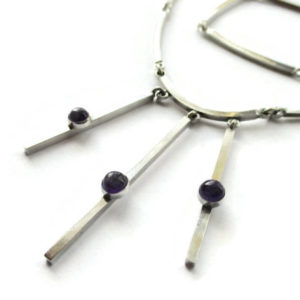
1967 NE From amethyst necklace, a superb piece of Danish modernist design. For sale in my Etsy shop, Inglenookery: click on photo for details. (NOW SOLD).
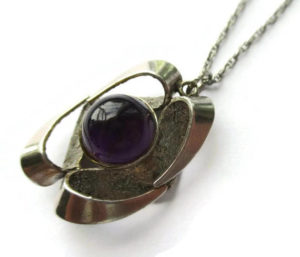
1970s amethyst pendant and chain. For sale in my Etsy shop, Inglenookery: click on photo for details.
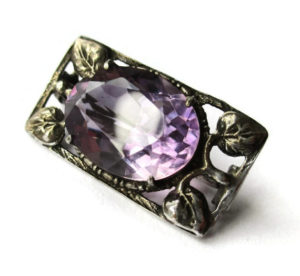
Arts and Crafts style amethyst and sterling silver brooch. For sale in my Etsy shop, Inglenookery: click on photo for details. (NOW SOLD).
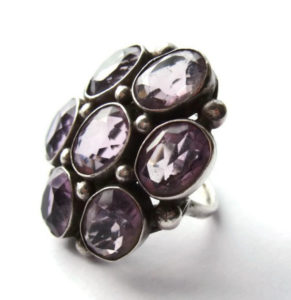
Huge 1930s Arts and Crafts facetted amethyst ring. For sale in my Etsy shop, Inglenookery: click on photo for details. (NOW SOLD).
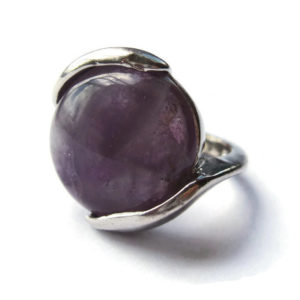
Amethyst and silver tone plated modernist ring. For sale in my Etsy shop, Inglenookery: click on photo for details.
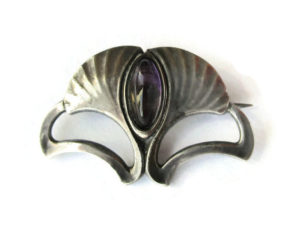
Jugendstil amethyst and 935 silver brooch in the form of ginkgo leaves. For sale in my Etsy shop, Inglenookery: click on photo for details.
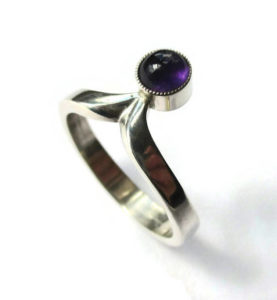
NE From modernist amethyst wishbone ring: more Danish deliciousness. For sale in my Etsy shop, Inglenookery: click on photo for details. (NOW SOLD).
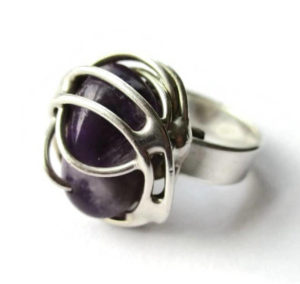
Danish ring featuring a tumble polished amethyst in a silver plated frame. For sale in my Etsy shop, Inglenookery: click on photo for details.
Amethyst is such a popular stone it is also mimicked in glass, also known as amethyst paste or crystal:
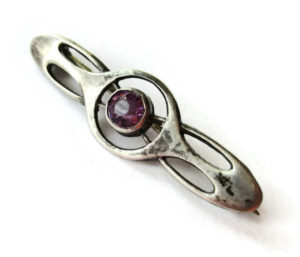
Amethyst paste and sterling silver brooch by Charles Horner. For sale in my Etsy shop, Inglenookery: click on photo for details.
